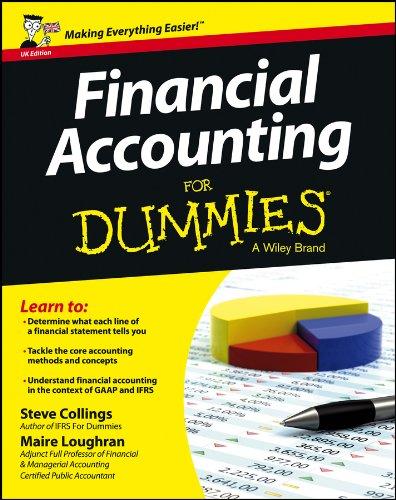Question
Sequential Method Belami Company manufactures both shampoo and conditioner, with each product manufactured in separate departments. Three support departments support the production departments: Power, General
Sequential Method
Belami Company manufactures both shampoo and conditioner, with each product manufactured in separate departments. Three support departments support the production departments: Power, General Factory, and Purchasing. Budgeted data on the five departments are as follows:
| Support Departments | Producing Departments | ||||
| Power | General Factory | Purchasing | Shampoo | Conditioner | |
| Overhead | $90,000 | $312,000 | $165,000 | $78,800 | $107,400 |
| Square feet | 3,000 | 3,000 | 9,600 | 8,400 | |
| Machine hours | 1,403 | 1,345 | 8,000 | 24,000 | |
| Purchase orders | 20 | 40 | 60 | 120 | |
The company does not break overhead into fixed and variable components. The bases for allocation are powermachine hours; general factorysquare feet; and purchasingpurchase orders.
The company has decided to use the sequential method of allocation instead of the direct method. The support departments are ranked in order of highest cost to lowest cost.
Required:
1. Allocate the overhead costs to the producing departments using the sequential method. Carry out allocation ratios to four decimal places. Use these numbers for subsequent calculations. Round allocated costs to the nearest dollar. If an amount is zero, enter "0".
Allocation ratios:
| Power | General Factory | Purchasing | Shampoo | Conditioner | |
| Square feet | fill in the blank 1 | fill in the blank 2 | fill in the blank 3 | fill in the blank 4 | fill in the blank 5 |
| Machine hours | fill in the blank 6 | fill in the blank 7 | fill in the blank 8 | fill in the blank 9 | fill in the blank 10 |
| Purchase orders | fill in the blank 11 | fill in the blank 12 | fill in the blank 13 | fill in the blank 14 | fill in the blank 15 |
Cost allocation:
| Power | General Factory | Purchasing | Shampoo | Conditioner | |
| Direct costs | $fill in the blank 16 | $fill in the blank 17 | $fill in the blank 18 | $fill in the blank 19 | $fill in the blank 20 |
| General Factory | fill in the blank 21 | fill in the blank 22 | fill in the blank 23 | fill in the blank 24 | fill in the blank 25 |
| Purchasing | fill in the blank 26 | fill in the blank 27 | fill in the blank 28 | fill in the blank 29 | |
| Power | fill in the blank 30 | fill in the blank 31 | fill in the blank 32 | ||
| Total | $fill in the blank 33 | $fill in the blank 34 | $fill in the blank 35 | $fill in the blank 36 | $fill in the blank 37 |
2. Using machine hours, compute departmental overhead rates. (Round the overhead rates to the nearest cent.)
| Overhead Rates | |
| Shampoo | $fill in the blank 38 per machine hour |
| Conditioner | $fill in the blank 39 per machine hour |
Step by Step Solution
There are 3 Steps involved in it
Step: 1

Get Instant Access to Expert-Tailored Solutions
See step-by-step solutions with expert insights and AI powered tools for academic success
Step: 2

Step: 3

Ace Your Homework with AI
Get the answers you need in no time with our AI-driven, step-by-step assistance
Get Started


